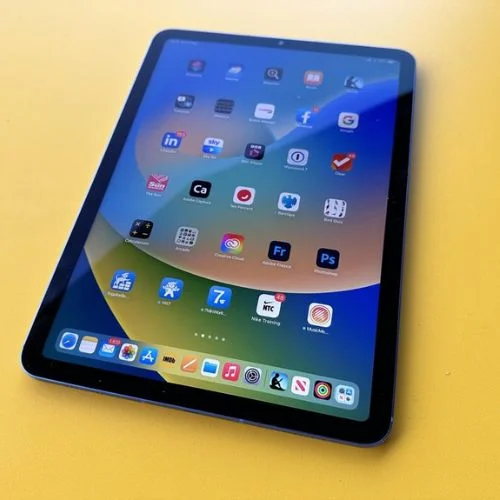During the past few months, AI-enabled ChatGPT has been making headlines. It seems like everyone is talking about it: it attracted 1 million users in just five days, marking a turning point for artificial intelligence; universities are banning it due to plagiarism concerns; etc. If you haven’t used ChatGPT, you should try it out and see what it can do by asking some questions and experimenting a little.
ChatGPT is a virtual assistant that can respond to queries much like a human would. Having said that, how may ChatGPT be used in the classroom? What are the present constraints? Does it pose a risk of harm?
The potential of AI-enabled ChatGPT
Everybody who has used ChatGPT is aware of its potential and how easily customizable it can be. There are numerous use cases in the field of education, ranging from the fundamentals of receiving knowledge in a tailored fashion to producing summaries or even composing content that seems like it was written by a human.
For the student, it’s a significant deal, and personalization through technology (A.I.) is a big topic that many are focused on tackling because the benefits for the students in terms of engagement and outcomes are great. Personalized answers are possible right now with ChatGPT. With regard to testing preparation and assessments, for example, learners can build tailored exams to assess their weak areas and receive extremely specific feedback. Large amounts of data can even be processed during evaluation, which can produce automatic reports and provide detailed comments.
A.I. assistants in the chosen language can be a very effective tool to support pupils in a country like India, which is a land of many languages.
A learner’s desire is to have access to pertinent information at all times and the opportunity to ask very specific inquiries. Numerous ed-tech firms have already integrated ChatGPT to provide learning solutions for users of their platforms and apps. Some of these organizations use it as an aid to their e-learning courses, while others use it for lesson plans, tests, and even resource creation. ChatGPT may integrate into all of these areas for the benefit of the stakeholder, whether it is personalizing learning, tutoring, evaluating and assessing, or e-learning.
Serving people with limited access to educators, educational resources, and/or schools would be one of ChatGPT’s major educational impacts. All students might benefit from having access to high-quality educational resources and more possibilities for up- and re-skilling.
Evaluating the advantages
With the powerful analytical capacities of A.I., there would be many advantages for students in terms of decision-making and providing insightful information or recommendations for selecting a school, job, or area of specialized specialization based on strengths, talents, interests, shortcomings, etc. With the appropriate inputs, these skills might also be used to find educational courses and programs.
Teachers who are generating lesson plans, assignments, grades, reports, or even attempting to analyze learning gaps can benefit from ChatGPT in this regard. Considering its capabilities, it can produce extremely specific inputs for the teacher to use with the student. This shortens learning time and personalizes the learner’s journey.
It also frees up the teacher from being bogged down in administrative duties, which are more vital. Given the changes, this is a really interesting period.
In order to assist students in making informed decisions, AI may be useful in surfacing insightful information and suggestions. Based on their abilities, interests, and performance, this may cover topics including career paths, specialization of knowledge, school choice, and more. In addition to other learning possibilities, it might be useful in identifying alternate educational programmes. Last but not least, it might emphasise pertinent and accessible support resources.
We are living in intriguing times since ChatGPT 4 will soon be available. It can now read both text and photos and provide better answers.
Understanding the restrictions
Having said that, ChatGPT has several drawbacks (it would be interesting to see how these get addressed as we progress from here). The approach does have issues with emotional intelligence and creativity. Today, ensuring that the responses are of extremely high quality and impartial is the main issue.
Although there is currently a lack of understanding, anyone who has worked with artificial intelligence (AI) knows that the system is only as strong as the data that supports it. Colleges across the globe have outlawed the use of ChatGPT due to concerns about plagiarism. A.I.-generated or self-generated content on the web may one day be required to reveal its origin.
By using ChatGPT, one rapidly realizes its potential, which is a true “aha” moment with its introduction. It is a fantastic tool for instructors or students and has many applications. While A.I. advances, difficulties with plagiarism would still exist, and an A.I. assistant would struggle to recognize student involvement and motivation. Tutors and students will continue to have a personal relationship. The current state of artificial intelligence prevents it from replacing humans (tutors) in the majority of tasks, particularly those involving learning.
Having said that, ChatGPT has made an advancement in artificial intelligence, and we are now closer than ever to replacing humans in some jobs (such as query resolution and Q&A). What lies ahead for us? A.I. will automate some tasks, but it will also facilitate many tasks that require human interaction. The difference is that a human can accomplish far more in a short amount of time with the help of A.I.















